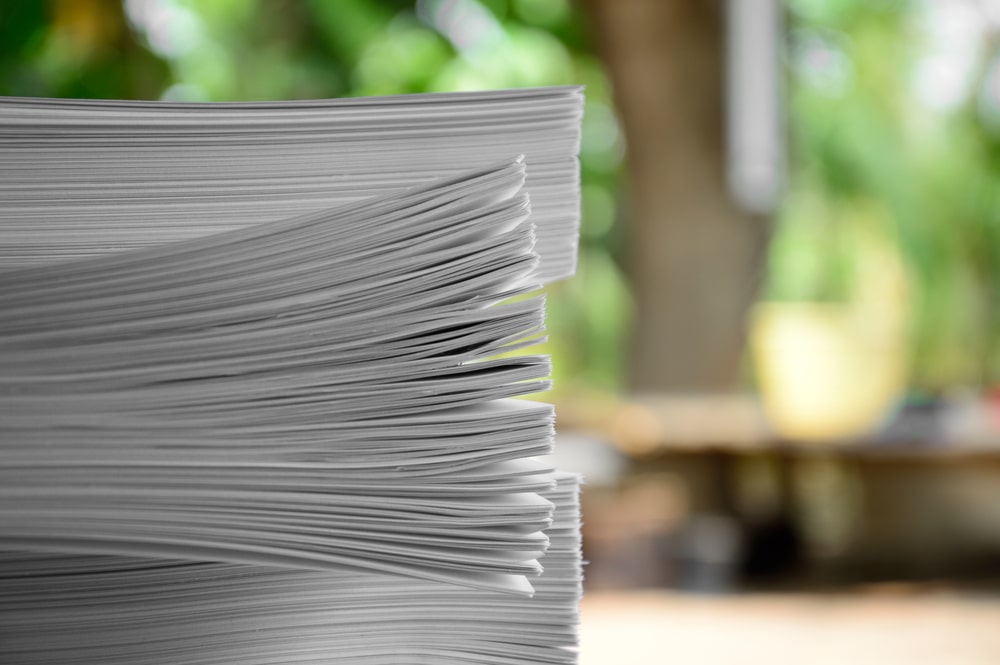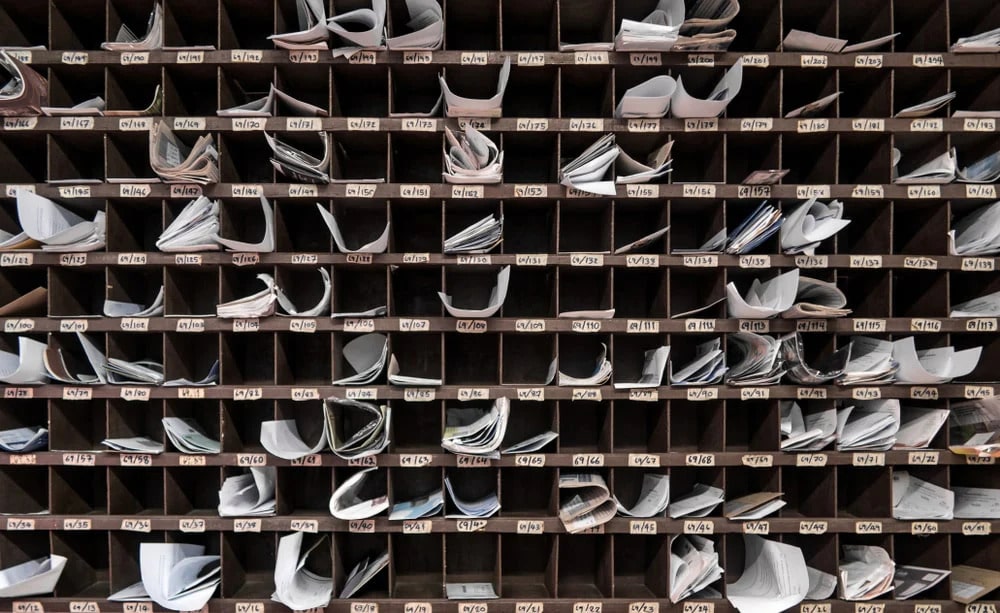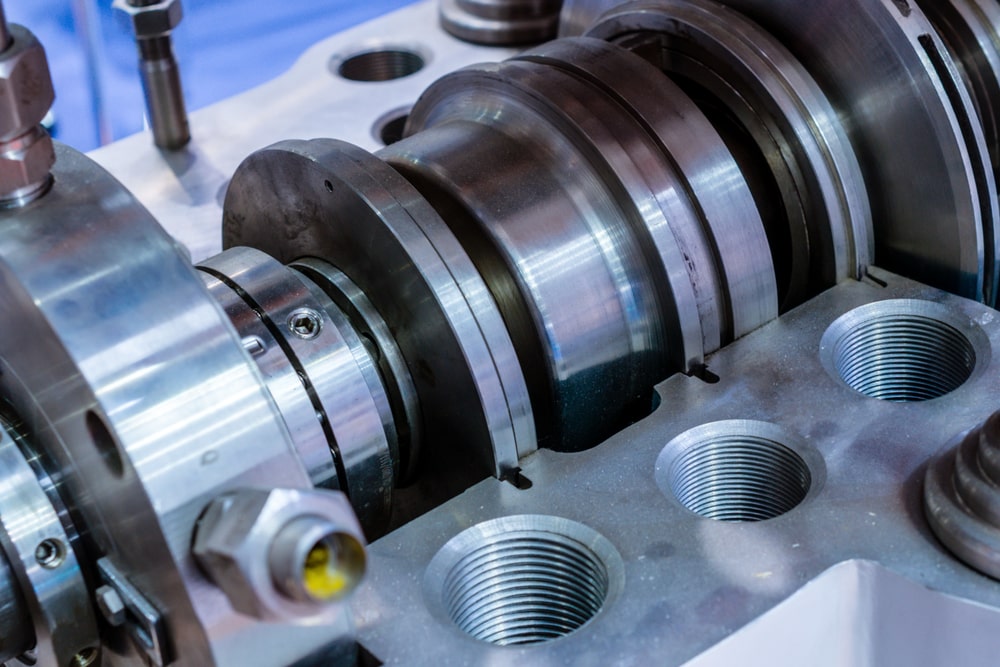When it comes to selecting the best paper for your printing needs, the choice of paper finish plays an important role in the overall aesthetic of your final product. Since many paper finishes are available, it can be overwhelming to determine which is best suited for your needs. This comprehensive guide will give you the knowledge and insights needed to make informed decisions when selecting the perfect paper finish.
Paper finishing refers to the additional treatments or processes applied to paper after the printing phase. From coatings to textures, these finishing techniques can transform a plain sheet of paper into something extraordinary. In this comprehensive guide, we will explore the world of paper finishing and examine the various paper finishing methods and their impact on your materials.
The Different Types of Paper Finishes
Paper finishes add texture, enhance colors, and create visual effects that can elevate your documents to the next level. So let's explore the types of paper finishes available. This will help you understand their characteristics and how they can impact your printed materials.
Glossy Finish
These finishes are known for their shine and reflective surface. They create a vibrant and striking finish, making colors appear more saturated and images more vivid. Glossy finishes are commonly used for photographs, magazines, brochures, and promotional materials, giving these products a polished appearance. However, it's important to note that glossy finishes can be prone to fingerprints and glare in certain lighting conditions.
Matte Finish
If you want a non-reflective, smooth surface with a subtle sheen, choosing a matte finish is best for you. Printed materials with this finish have a sophisticated and elegant appearance. This finish is ideal for projects requiring a more subdued and professional aesthetic. In addition, matte finishes reduce glare, making them popular for business cards, stationery, art prints, and packaging. Plus, they provide excellent readability, as they do not reflect light, making text and graphics easy to view from various angles.
Satin Finish
Satin paper finishes are a beautiful balance of gloss and matte. They offer a soft sheen that enhances colors without the intense reflection of shiny finishes. Satin finishes provide a smooth and luxurious appearance, making them suitable for various applications, including catalogues, booklets, presentations, and marketing materials. They have good visibility under different lighting conditions, and can provide a sophisticated look to your printed materials.
Textured Finish
Paper with textured finishes add dimension and tactile appeal to printed materials. They feature patterns, embossing, or raised surfaces, which creates visual interest and a unique feel. Textured finishes include linen, felt, laid, or parchment finishes. These finishes are commonly used for special projects, such as wedding invitations, luxury packaging, certificates, and high-end stationery. These finishes can evoke a sense of craftsmanship and elegance and add a distinctive touch to your designs.
Specialty Finishes
Besides the standard finishes mentioned above, specialty paper finishes offer unique visual effects. Some examples include metallic finishes, which incorporate metallic or pearlescent elements into the paper to produce a shimmering and iridescent look. Spot UV coating is another specialty finish that involves applying a high-gloss coating to specific areas of paper for emphasis and contrast. These specialty finishes create a striking visual appearance and are often used for premium branding, packaging, and promotional materials.
Other Ways to Elevate Your Paper Documents

In addition to choosing the best paper finish, several other tools and equipment can elevate your paper documents and enhance their professional appearance in the office. Here are a few options to consider:
- Laminators: This machine is essential for protecting and preserving important documents. Laminators apply a thin layer of plastic film to both sides of the paper, creating a durable and waterproof seal. Laminating documents adds a professional finish, increases their longevity, and makes them resistant to tears, stains, and moisture. Laminators are ideal for ID cards, signs, certificates, and frequently referenced documents that need extra durability and protection.
- Paper Cutters and Trimmers: Investing in an ultra-precise paper cutter or trimmer can significantly improve the neatness of your paper documents. These tools allow you to easily trim the edges of paper, cut straight lines, and create clean and professional-looking borders. Paper cutters and trimmers come in various sizes and designs. Some popular types of paper cutters and trimmers are guillotine cutters, rotary trimmers, and precision trimmers. Whether you need to trim flyers, brochures, or business cards, using a paper cutter or trimmer ensures consistent and accurate results.
- Staplers and Stitchers: A high-quality stapler or stitcher in the office can streamline your document binding process and can give a polished finish to booklets, reports, and presentations. Staplers are suitable for smaller papers and securely bind pages together with staples. On the other hand, stitchers use small wire stitches to attach large documents together, creating professional booklets. Stitchers are particularly useful for binding catalogues, magazines, and multiple-page reports.
- Folding Machines: For businesses frequently dealing with folded documents, investing in a paper folding machine will save time and ensure consistent folds. These machines are much quicker than manually folding paper. Folding devices are designed to handle a variety of folding styles, including letter folds, accordion folds, and gate folds. They can process multiple sheets of paper at once, automatically feeding and folding the sheets accurately and uniformly. Folding machines are commonly used for creating brochures, newsletters, invoices, and letters for envelopes. Their folding process provides a professional-looking and efficient method of presenting information.
By incorporating these tools and equipment into your office setup, you can enhance the quality and appearance of your paper documents. Whether it's protecting them with laminators, achieving precise outlines with paper cutters, or creating organized binders, these tools can help you produce a more professional, polished, and elevated image for your business.
Whitaker Brothers is the leading supplier of paper finishing products for professional organizations across the U.S. To see more of our industrial paper handling machinery, click here and order online today.









